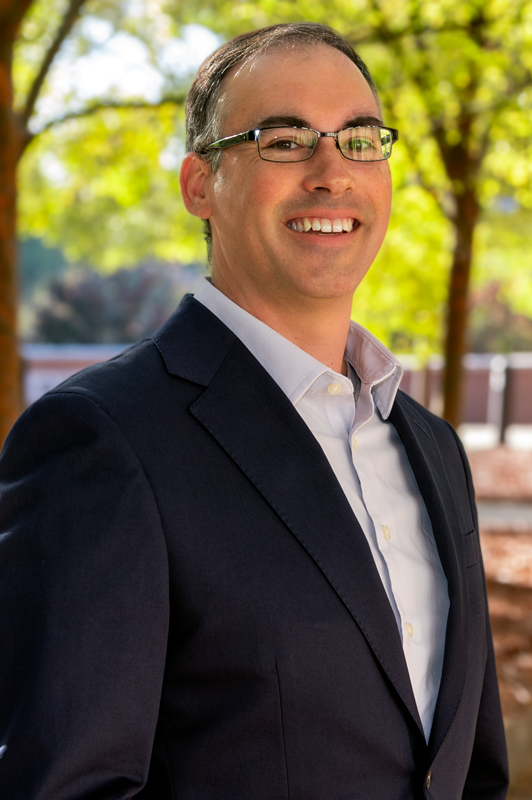Civil and environmental engineering professor collects data on long-distance travel
Published: Sep 19, 2025 1:30 PM
By Dustin Duncan
The last time the federal government collected national data on long-distance travel was 1995 — when most travelers booked flights by phone, relied on paper maps and Atlanta was preparing to host the Summer Olympics.
Since then, travel behavior has changed. However, according to Jeff LaMondia, professor of civil and environmental engineering, transportation agencies are still making billion-dollar tourism and infrastructure investment decisions based on this nearly 30-year-old data.
LaMondia is partnering with MacroSys, a consulting firm, is addressing this data gap through a U.S. Department of Transportation project titled “Improving Long-Distance Travel and Tourism Data Collection and Analysis.”
His work brings together transportation agencies and industry stakeholders nationwide to design a new framework for collecting and analyzing long-distance travel data. The goal is to help governments at all levels and industry leaders better understand where people are going, how they get there and why they travel.
“Long-distance travel generated over $1.3 trillion in revenue last year, so it’s critical to our economy to understand this travel behavior,” LaMondia said. “Long-distance travel describes a lot of different non-daily activities, including everything from vacations, work trips, medical or even visiting friends or family. On a technical level, we simplify it as travel to a destination 50 miles or more away from where you currently live.”
These trips account for a large share of the national transportation system. In Auburn, thousands of visitors travel from out of town for home football games — a clear example of recurring long-distance travel.
“We need to ask: Where are people coming from? How long are they staying? How much are they spending, and what else are they doing while they’re there?” LaMondia said. “For a place like Auburn, you can look at game day weekends and immediately see the value of knowing that.”
He said that many economic decisions regarding long-distance travel are based on data from over 30 years ago.
“You can imagine who is traveling, why they’re traveling, where they’re going, what’s important to them — it’s wicked different from 1995 to today,” LaMondia said.
That lack of up-to-date information makes it difficult for agencies and private companies to make informed decisions. From airport expansions to tourism investments, many strategies still rely on outdated assumptions.
Over the past year, LaMondia and his team have hosted dozens of workshops with stakeholders across the country — including representatives from Congress, the Federal Aviation Administration, Amtrak, hotel chains, state departments of transportation, cruise lines and tourism boards.
The project has taken on broader relevance as travel continues to evolve in response to COVID-19, rising fuel prices and the expansion of electric vehicle infrastructure. LaMondia said another key concern is how cost and accessibility shape travel choices.
“Another thing people do is trade off time for money,” he said. “Is it worth it to fly because it’s more expensive, or spend the time driving? We’re working to understand how travelers weigh those trade-offs and what influences their choices.”
To meet the demand for better data, the team is developing a national work plan. Rather than a one-size-fits-all model, LaMondia describes it as a flexible “menu” of data collection options tailored to different funding levels and technical capacities.
“Our end product is this menu,” he said. “It’s a flexible game plan for federal and state transportation agencies to efficiently and accurately collect the data they need to support the unique decisions they need to make.”
LaMondia said the Bureau of Transportation Statistics is expected to serve as the central hub, but collaboration across agencies will be essential. The end goal will include a 10-year roadmap to guide smarter investments in transportation and tourism infrastructure.
“We want to make sure that it’s an efficient use of the funds,” he said.
Media Contact: , dzd0065@auburn.edu, 334-844-2326
Civil and environmental engineering professor Jeff LaMondia stands beside a whiteboard illustrating travel behavior models used to modernize long-distance travel data collection.


